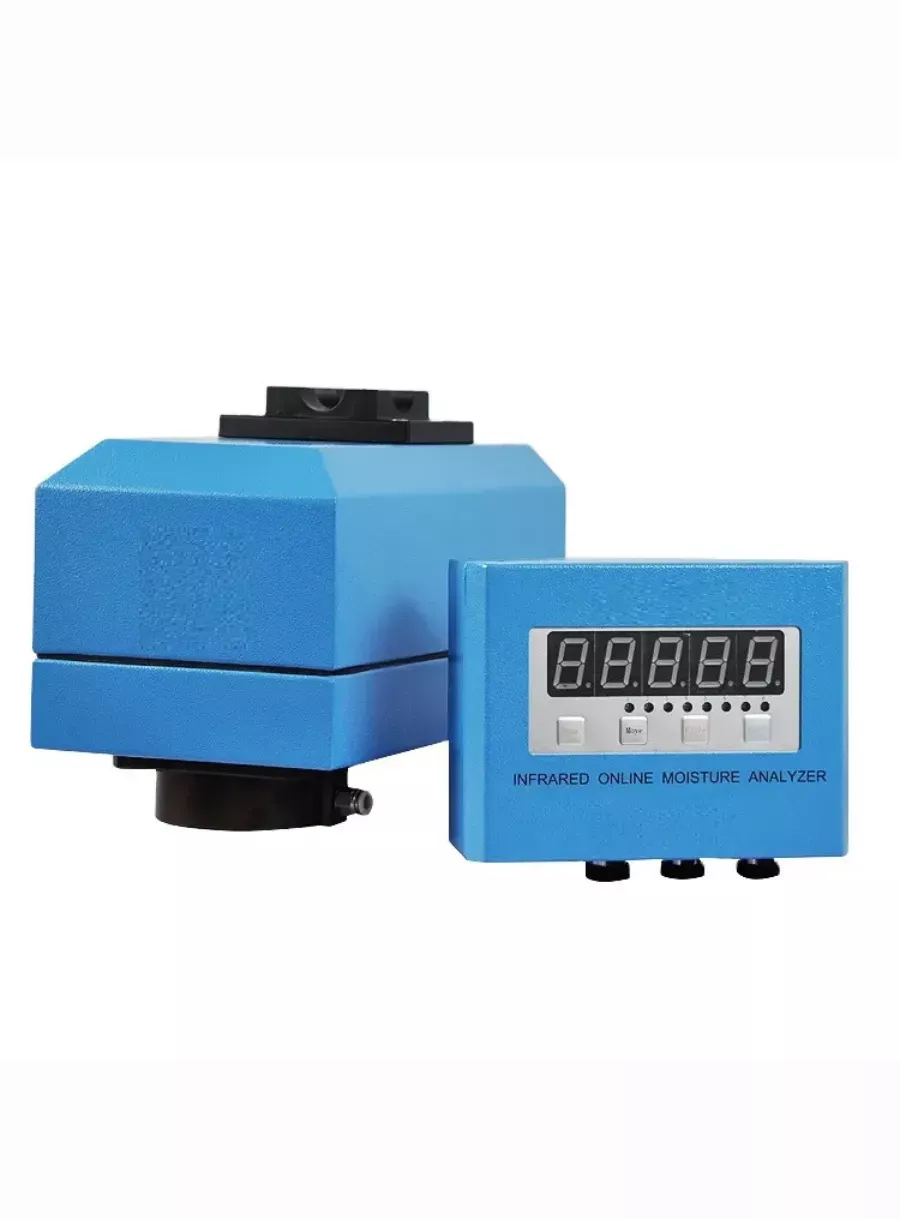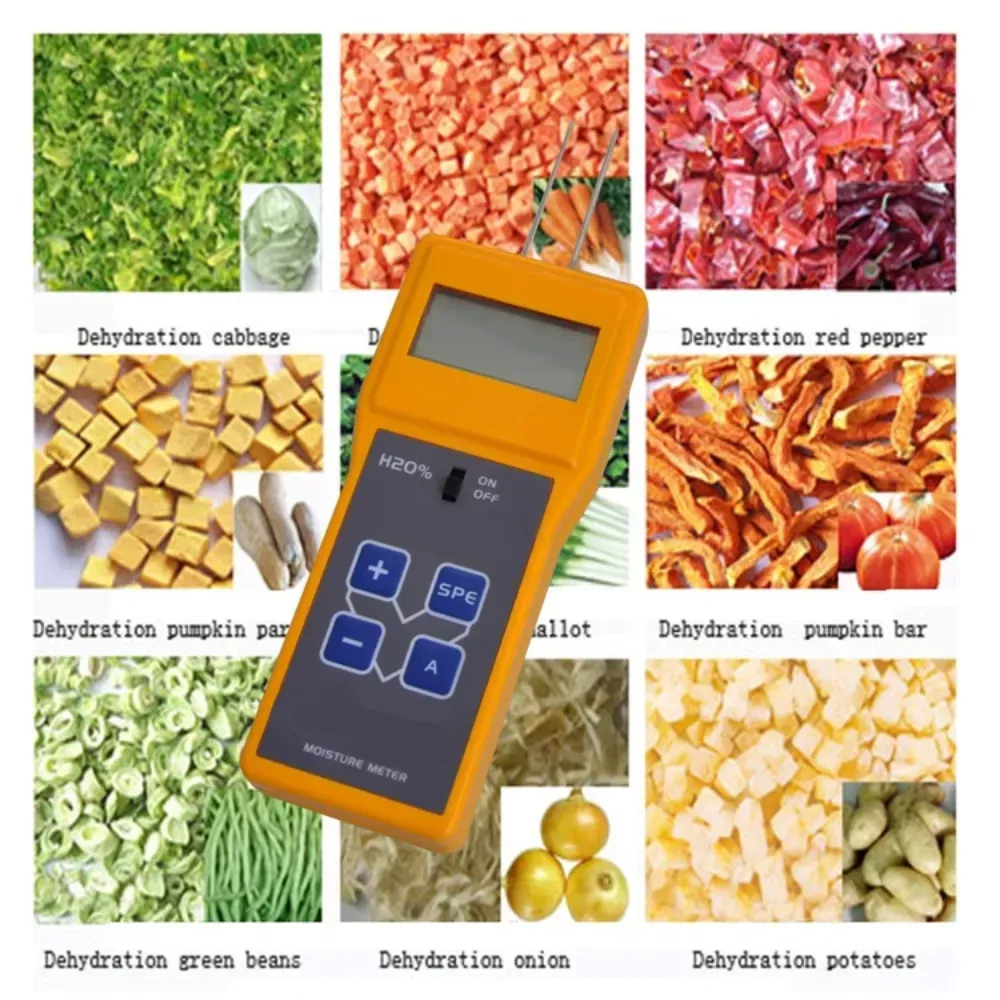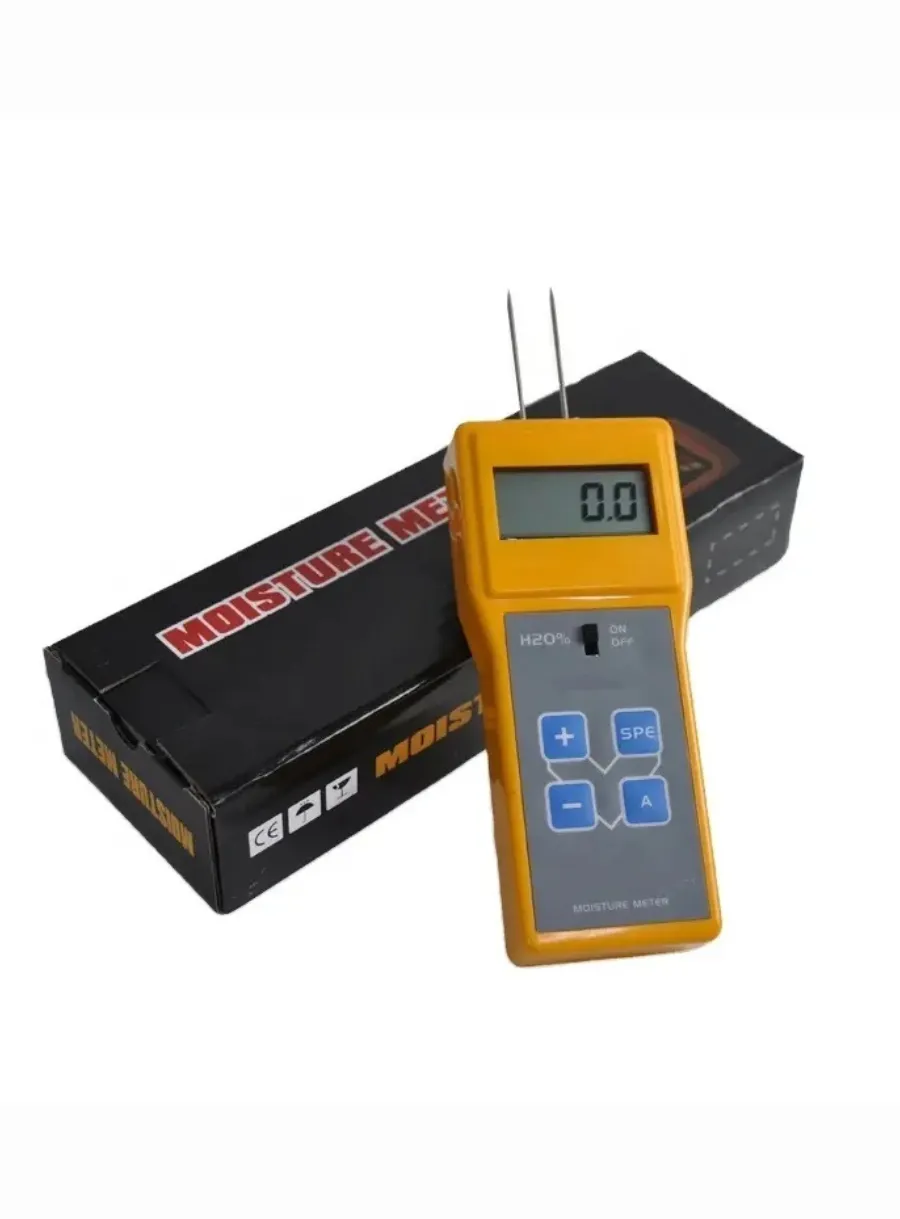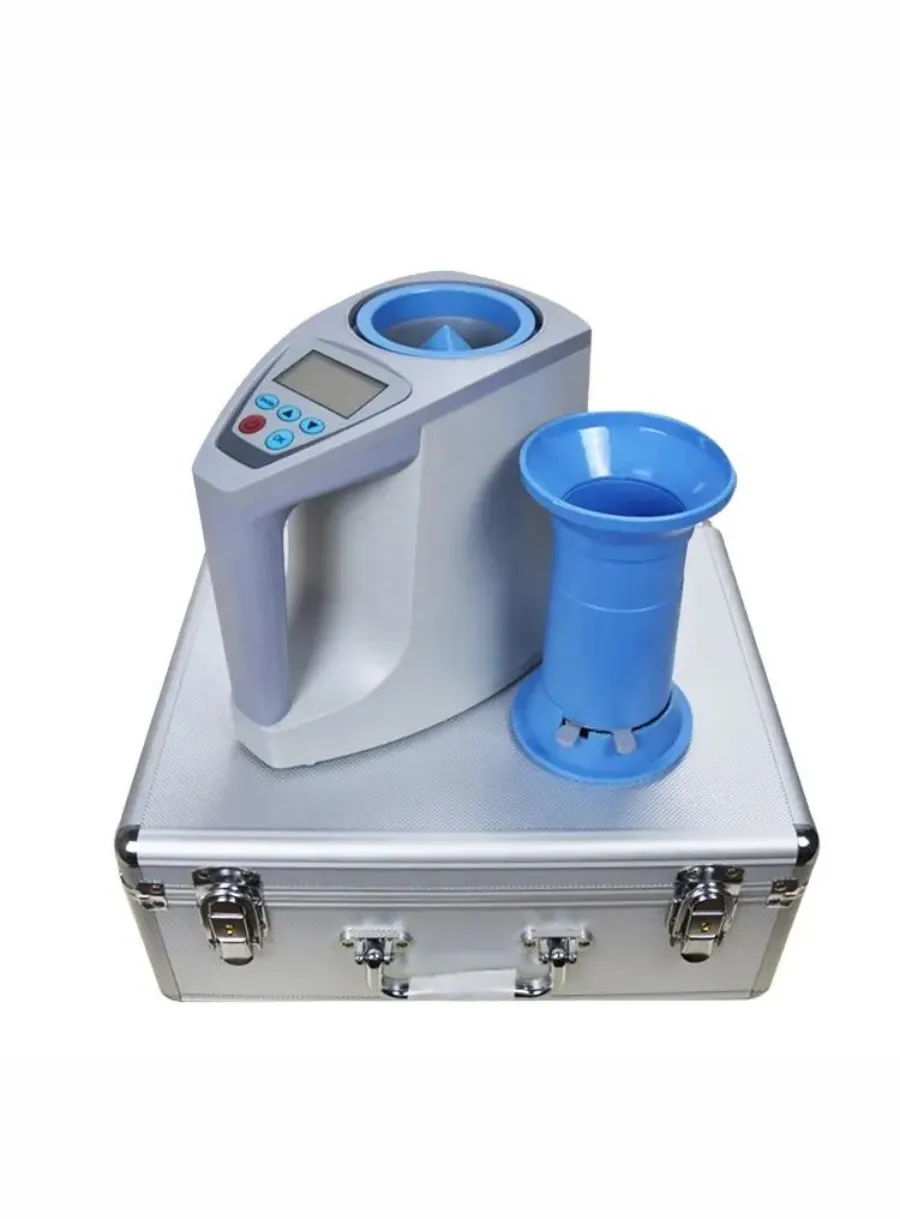
Applications of Moisture Meters for Dehydrated Food
Table of Contents

Moisture meters play a crucial role in the food industry, particularly in the processing of dehydrated foods such as fruits and nuts. Their primary function is to monitor moisture content, which is vital for ensuring product quality, safety, and shelf life.
Moisture meters help food manufacturers maintain consistent quality in their products. By accurately measuring moisture levels, manufacturers can prevent spoilage and microbial growth, which are critical concerns when handling dehydrated foods. For example, excess moisture in a product can lead to increased rates of spoilage, ultimately affecting customer satisfaction and revenue. Regular monitoring using moisture meters allows producers to make necessary adjustments during the production process to adhere to specified moisture content requirements.

Accurate moisture analysis is essential for predicting the shelf life of dehydrated foods. Water activity meters, a specific type of moisture meter, are used to assess the stability of products under various storage conditions. Foods with high water activity are more susceptible to spoilage and generally have a shorter shelf life. Thus, understanding the moisture content can guide manufacturers in optimizing storage conditions and extending the shelf life of their products.
Moisture meters are employed in real-time during production processes to ensure optimal moisture levels are achieved. Instruments such as the Perten DA7440 facilitate immediate moisture measurements, which are critical for large-scale manufacturing operations. These measurements allow for immediate feedback and adjustments, helping to maintain quality control throughout the production line.
In the agricultural sector, moisture meters assist farmers in making informed harvesting decisions. For instance, the Perten AM5200 can measure temperature, weight, and moisture content in grains and seeds, helping farmers determine the best time to harvest and optimal storage conditions for their products. This not only improves the quality of the harvest but also reduces losses associated with improper storage.
Proper use of moisture meters requires familiarity with specific calibration and operation protocols. Training on these devices is essential for employees to accurately measure moisture content and ensure compliance with safety standards. This can include educating staff on the differences between moisture analyzers and water activity meters, as both play distinct roles in food production processes.
Comments
Tags
Frequently Asked Question
Moisture meters help maintain consistent quality by accurately measuring moisture levels, preventing spoilage and microbial growth. They allow manufacturers to make necessary adjustments during production to meet specified moisture content requirements.
Moisture meters, particularly water activity meters, assess product stability under various storage conditions. By understanding moisture content, manufacturers can optimize storage conditions and extend product shelf life.
Moisture meters help farmers determine the best time to harvest by measuring moisture content in grains and seeds. This improves harvest quality and reduces losses associated with improper storage.
Training is essential for employees to accurately measure moisture content and ensure compliance with safety standards. It helps staff understand the proper use of different types of moisture meters and their specific roles in food production processes.

